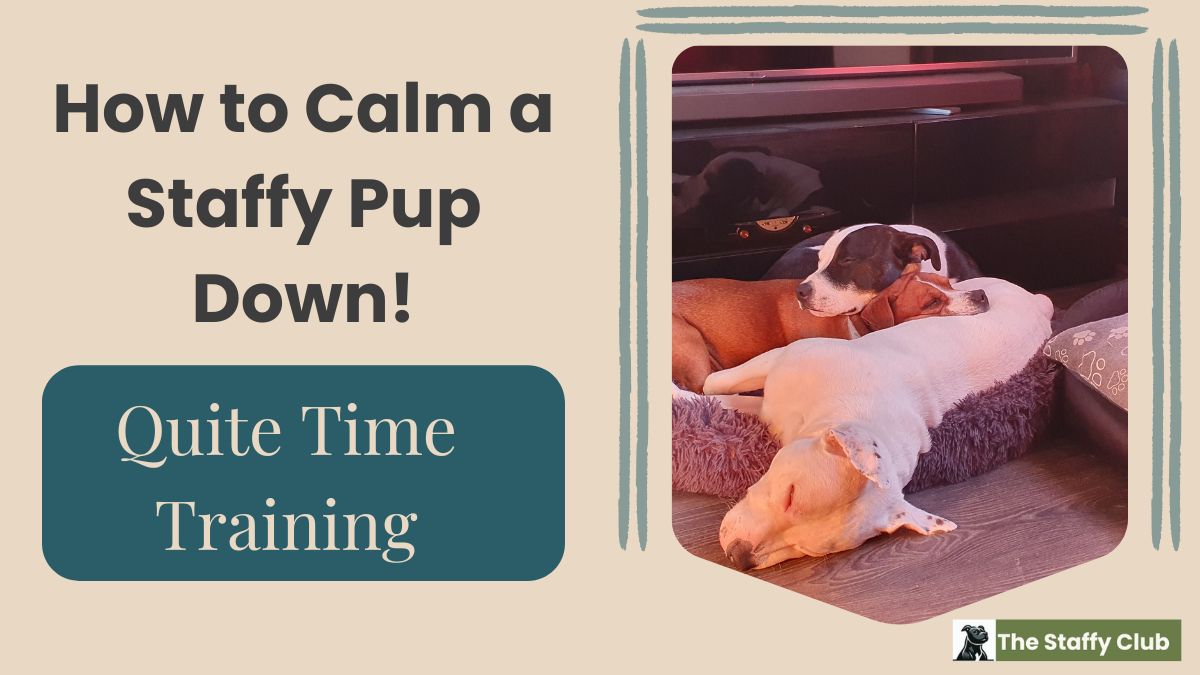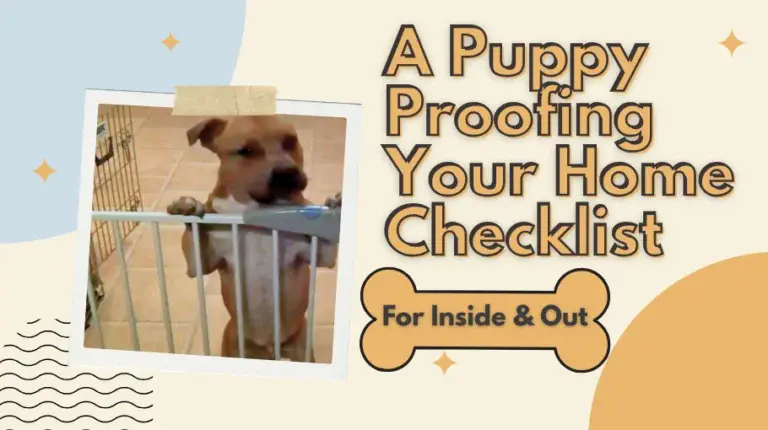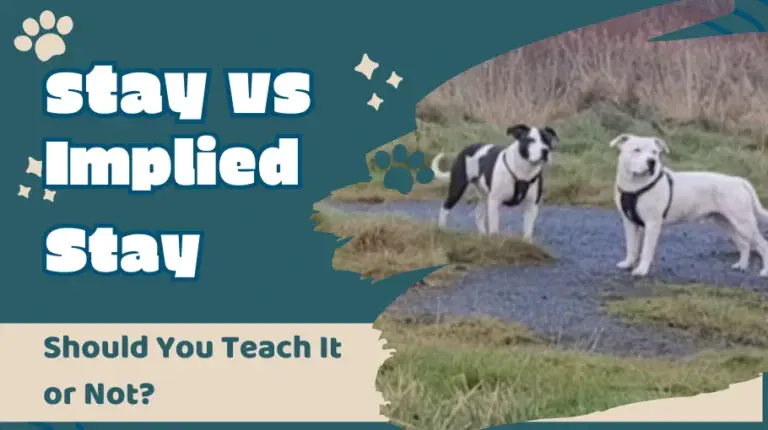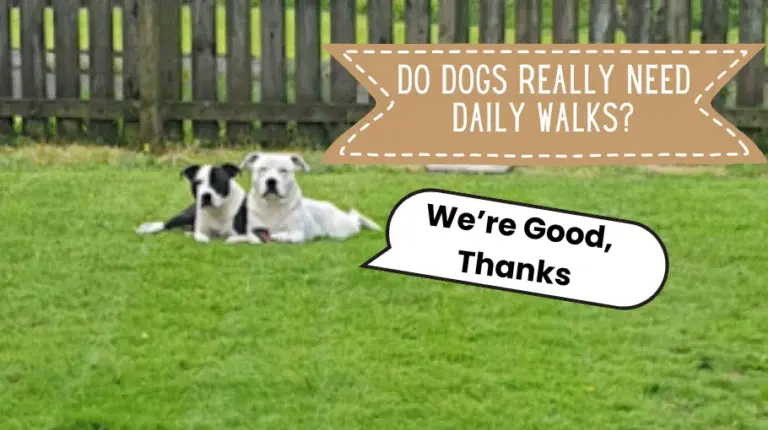How to Calm a Staffy Pup Down: Quiet Time Training

If this is your first dance with a Staffy pup, take it from someone with two of them – You absolutely need to know how to calm a Staffy pup down. I call it “Quiet Time Training”, and it’d likely work with any dog breed.
I only have experience with Staffies and can say that the basic commands don’t work when they are in donkey mode. The play zone. Nothing matters other than a carry-on – Play with me.
I think I was extremely lucky with our two because I found a solution fast. Music.
And it’s the first one I’ll dive into
3 Things that work to calm our 8-month Staffy pups down
1. The YouTube Relax My Dog Channel
The channel is called Relax My Dog, likely the most popular YouTube channel of soothing music for dogs with anxiety, but I’ve only ever used one video. I tried a couple of others that sounded similar to me, but for some reason, neither Codi nor Reo was reacting to those ones.
This one though, has them chilled in a few minutes (now). Every time. One morning, it took about 10 minutes to calm the pups because they would act settled, then the instant they were left, they were back up ready to go another round.
I think of it more like a training thing. When it’s time to chill now, the start of that Relax My Dog soundtrack along with the word (or command more like) “chill” seems to be recognised by them as a triple command “Come, sit, and calm down”.
It worked so darn good the first time that I ordered a Google Nest to play the relaxing music through so I could get my laptop back. It could play in the background with a YouTube Music subscription but for the price of that every month, no thank-you!
Asides from YouTube, Amman – the guy who makes the music – has his own website at relaxmydog.com with a much cheaper subscription than YouTube Music. £3.80 monthly, or £31.95 a year. It is free on YouTube, and good enough if you’re there to turn the volume down and/or skip ads when they interrupt. Give the YouTube channel a try first obviously because it’s free to see if that calms your pup down.
2. Get down to your pup’s level and show them what calm means
Chances are, you’ve played some games with your pup. When they’re in play mode and still learning the basic training commands, I wouldn’t expect them to sit on command. They have a lot more fun things in mind.
Instead of standing, sitting, pointing, raising your voice to be louder than them, and then them thinking it’s a who’s the loudest competition – I can win this, and then I’ll get a treat too, woo-hoo! Get down to their level, remove distractions, and put the focus on you.
The more energy you put into trying to calm a pup down, the more energetic they’ll become. Show them calm and they’ll soon learn.
When our two were going nuts that morning that it took 10 minutes to settle them, it was the basic “come” command. The “sit” didn’t register – at all! They just come over and carried on their rough noisy play on my feet. Until I got down between them.
At their level, it’s petting time. Each of ours has their own preferences for getting petted. The head petting doesn’t work with either. With Reo, his relaxing spot is under the chin while he stares at the ceiling. With Codi, rubbing his ears relaxes him, then he’ll eventually tumble over for a belly rub. Every pup’s different.
The important bit, I’d say, is to be at their level, with no toys and minimal distractions. Just petting time. Chill out time. And, from the get-go, I used the word “chill” quietly and repeatedly to get them to understand that in the future when I say “chill”, it means, it’s me and you time. Come here, sit there, calm down, and get some rest. Play time’s later.
The routine with Codi and Reo now, I’d guess it’s down to 1 to 2 minutes. The music plays then, I say “Come”, “sit”, “chill”, then pet them both. They have their sides too. Reo to my left, Codi to the right.
Then the old boy (Flash) toddles through. Once they’re calm. He likes the music but loves his peace away from the crazy pups.
3. Separate them from other pets (and you) to completely remove temptation
Since we have two Staffy pups sharing one crate (at the moment), putting both of them into bed wouldn’t stop their carry-on. They’d have a cage match.
If you’ve only one pup, you won’t have that problem. For 2 pups, it’s a judgment call on which one is the most hyper. Whichever pup is the most hyper goes to bed (by bed, I mean crate/cage). The other gets to lie down at the fire. I think Codi was the first to figure that out. Reo’s caught up now because both of them lay down at the fire once they’ve settled.
The one we use is the dog crate with covers by MidWest Homes for Pets from and that’s big enough for the two of them just now. The important bit is the cover over it, so it won’t work with dog beds obviously. With a crate, you can throw a bed sheet over it and it’ll do the same thing. Lights out.
The cover on theirs is called a Quiet Time Defender. It’s described as providing “privacy, security, and comfort”. A den. It’s just a cover to fit the crate. A bedsheet slung over it has the same effect.
Whether you need to separate them from each other or from you doesn’t matter. The point is to make it their “alone time”. In that respect, it is part of their training to be separated, because if they get used to quiet time with you, or anyone, cuddled up on the couch, later, I’d suspect the separation anxiety could become an issue.
The earlier they get into the habit of being alone, the less anxious they’ll be when you need to leave them alone.







Raising a Staffy pup is an adventure—one filled with boundless energy. My husband used to call them zoomies that seem to defy physics. When I had my Staffy puppies, there was no YouTube, so seeing the suggestion of calming music specifically designed for dogs is pretty amazing.
Back then, I had to rely on the good old-fashioned method of gentle reassurance and routine. But if I were raising a Staffy pup today, I’d absolutely try playing those “Relax My Dog” tracks. It makes sense—dogs respond to sound just like we do, and having a dedicated “calm-down” soundtrack could be a game changer.
I remember how just a steady voice or soft humming would settle my pups, so I can see how consistent music would reinforce that sense of security. One thing that worked wonders for me was hands-on calming. Every Staffy I’ve had has had their favorite spots—one loved ear rubs, another would practically melt if I scratched under her chin. Figuring out those sweet spots and using them strategically when my pups got too worked up made a huge difference.
Also, exercise was (and still is) a must. A tired Staffy is a happy, well-behaved Staffy. But what I learned the hard way was that overstimulation can backfire—if I let them get too hyped up without clear cooldown time, they’d struggle to settle. Having a dedicated quiet space was key. Even if it was just a cozy corner with a blanket that smelled like me, giving them a place to decompress taught them to regulate their own energy levels.
Reading this makes me realize that while some techniques evolve, the core principle remains the same—Staffies thrive with structure, patience, and love.
Hi Catherine,
Thanks for sharing your experience! It’s clear you’ve had great success calming your Staffies (without relying on music). I love how your husband describes the zoomies as “defying physics”—so true! They’re like bullets in the field. One of ours knocked me over while running full pelt and broke my arm!
Your story really highlights that, while techniques may evolve, the core principles stay the same: structure, patience, and love.
Thanks again for sharing!
Wow, this was such a great read! I love how you break down the process of calming a Staffy pup with practical, easy-to-follow steps. The tip about establishing a consistent routine really stood out to me—so many people underestimate how much structure can help an energetic pup settle down. And using a designated quiet space? Genius! I never thought about reinforcing calm behavior with a specific area before. Do you find that some Staffies take longer than others to adjust to quiet time, or is it usually a pretty quick process once the routine is in place? Thanks for the awesome advice!
Hi Bob. They’ll learn faster when it’s made part of their routine. Like, when they’re getting overly excited, put them to their quiet space (in our case, the crate), close the door and put the cover down so it’s dark with no distractions. (Other than familiar sounds).
As others have mentioned, a corner works just as well, like just having their bed with a blanket in the corner and putting them there. So long as it’s consistently done (like daily), they learn fairly fast.
From my experience with high-energy breeds, consistency is key. I’ve found that having a quiet space, (whether a crate or a quiet corner), signals to the pup that it’s time to relax. Pairing this with gentle petting until they settle reinforces the routine. I’ve also noticed that staying calm myself helps a lot—dogs tend to mirror our energy, so if we’re relaxed, they usually follow suit.
Thanks for sharing your experience, Laura! It’s great to hear from someone with firsthand experience with similar high-energy breeds. Your reminder of staying calm yourself for dogs to mirror the behaviour is so important when they’re pups.